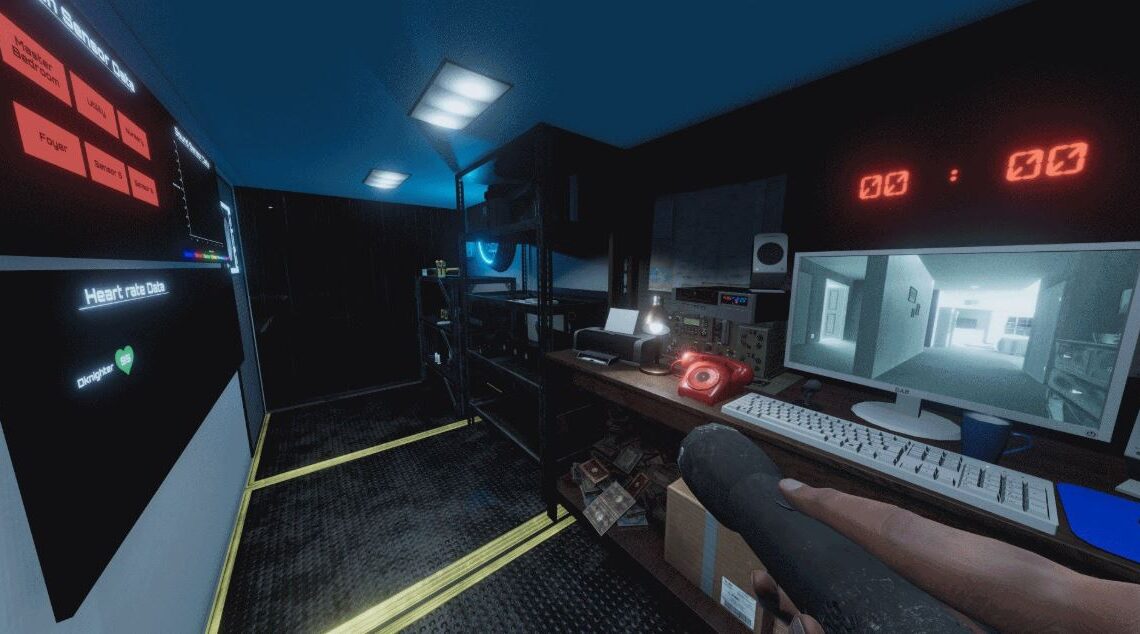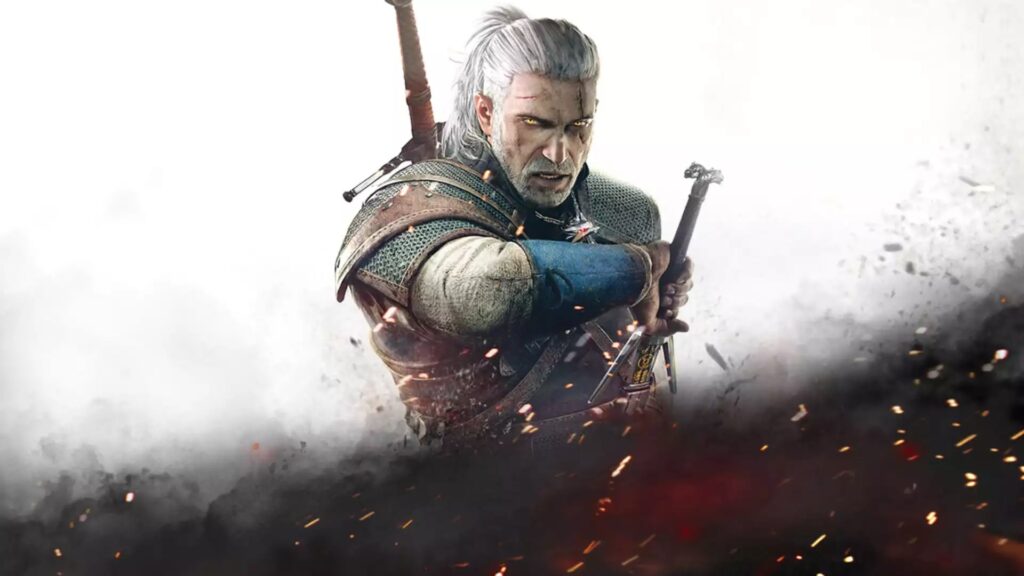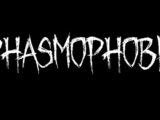
How The Witcher 3 Accidentally Saved Phasmophobia and Turned It Into a 25 Million Copy Hit
July 14, 2025Phasmophobia is unquestionably one of the most haunting success stories in gaming. Developed by a solo indie dev under the name Kinetic Games, the ghost-hunting multiplayer co-op launched in 2020 and became viral almost overnight. But behind its polished jump scares, tension-rich audio, and clever co-op mechanics, is a story just as chilling — how The Witcher 3, of all games, unintentionally helped save Phasmophobia at its most fragile moment. And now, after hitting an astonishing 25 million copies sold, the spectre of its near-failure lingers as much as its in-game poltergeists.
The Witcher That Whispered
Phasmophobia wasn’t always the viral Steam bestseller that boosted streamers’ blood pressure during lockdown. In fact, in early 2020, Kinetic Games founder Daniel, aka “Dknighter”, had nearly given up on it. His indie horror was stuck in development limbo, cobbled together with personal savings and scant visibility. Struggling in a saturated survival co-op market where titles like Dead by Daylight dominated the charts, Daniel was second-guessing every design decision.
Enter: CD Projekt’s The Witcher 3. Its sprawling world, atmospheric sound, and detailed audio design inspired Daniel to revise how Phasmophobia conveyed its horror. It sparked an idea: what if the ghosts didn’t just jump-scare players but responded to their actual voice? That finished touch? The now-iconic in-game microphone system, where phantoms react to your speech, instantly turning a competent indie project into a social experiment in fear.
“It wasn’t until I saw how immersive The Witcher could be through sound alone that I realised voice could be the whole hook,” Daniel shared in a retrospective dev Q&A. With his confidence reignited, he rolled out Phasmophobia to Early Access in September 2020, and within a month, YouTubers and Twitch streamers had latched on.
From Indie Anonymity to 25 Million Hauntings

That mic mechanic wasn’t just a gimmick — it created raw emotional chaos during online co-op sessions that begged to be streamed. Ghost types that react differently, chilling voice-logs, and malfunctioning equipment spurred panic in even the most veteran players, all thanks to microphones actively shaping gameplay.
By the end of 2020, Phasmophobia’s reviews on Steam skyrocketed from thousands to hundreds of thousands. What started as a solo passion project has now spawned a fandom, VR compatibility, modded private lobbies, and even esports-style challenges. And it didn’t stop — by mid-2025, digital sales across Steam, Epic Games and VR platforms topped 25 million, placing Phasmophobia at the pinnacle of indie horror titles.
Available now on PC (via Steam and Epic), VR (Oculus Rift, HTC Vive, Quest via Link), and a PS5 release planned for Winter 2025, Kinetic Games has aggressive updates in the pipeline. A console release for Xbox Series X|S and PS5 was confirmed via their Summer 2025 livestream on 6 July, with pre-orders opening 16 July.
Why It Worked (And Still Does)
Phasmophobia didn’t invent co-op horror, but it understood how players create entertainment together. Games like Devour, Forewarned, and Obsideo followed its formula, but none matched its auditory gameplay mastery. Quite literally, your voice gets you killed — and friends screaming “don’t say the ghost’s name!” is gaming gold.
Also critical was the game’s adaptability. It supports solo play, four-player co-op, full VR immersion, and PvE team challenges. Custom difficulty sliders and modded roles (like ghost cam operators) make it roleplay-friendly, and global leaderboards introduced late 2024 now foster a competitive edge. Ghost types were expanded, haunt AI was reworked, and the much-requested catacombs map update lands in August 2025.
Even visually, the game shifted. The dull grey interiors that once felt placeholder were overhauled in 2023. Dynamic weather systems, shadow lighting and volumetric fog effects now give hauntings their cinematic flair, especially on newer rigs and VR headsets.
Yet, all roads strangely lead back to The Witcher 3’s influence. When the ghost whisper mechanic was finalised, it wasn’t just a thematic tie-in — it was Phasmophobia’s heart. Without Witcher’s indirect nudge, it could’ve been another forgotten Early Access project. Instead, it’s now close to becoming the highest-selling horror game on PC next to Resident Evil 7 and Left 4 Dead 2.
“I just wanted to make something genuinely scary,” said Daniel. “Didn’t think people would call it revolutionary.” And to think — all it took was a 2015 RPG legend whispering one last monster into life.



